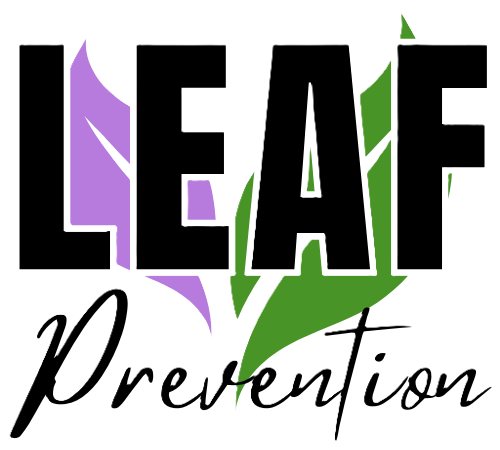

Blog Posts
As children get older and more independent, they may experience the desire or peer pressure to try alcohol. Although alcohol is a legal and easily accessible substance, it can be very harmful, especially for young people.
According to the National Institute on Alcohol Abuse and Alcoholism, 5.9 million people between the ages of twelve and twenty reported drinking more than “a few sips” in the month prior during 2022.
What are some of the risks of underage drinking? And what can parents, educators, and caregivers do to prevent alcohol use or help kids who need support?
In the United States, the legal drinking age is twenty-one years old—and for good reason. Although alcohol can lead to addiction and other concerns at any age, there are a few specific risks that affect children and teens who drink.
Adolescents go through many normal changes, and it may be difficult to distinguish normal teen concerns from red flags. Pay attention to any of the following warning signs:
Parents and caregivers can help kids and teens make healthy choices about alcohol.
Ask the young person in your life what they’re going through—and make time and space to listen. Aim to be a safe person your child trusts to open up to about life’s challenges.
No matter your child’s age, talk to them about the consequences of drinking. Instead of cracking down on house “rules,” keep the conversation focused on how much you care about your child—and that you want them to be healthy and happy. This guide from SAMHSA offers tips for talking to children about alcohol.
Be sure that alcohol isn’t available to children in your home. Parents and caregivers who drink can also model responsible drinking for the young people in their homes. If teens are hosting a party, it’s important for an adult to supervise.
Consider professional help. If a child or teen is struggling to control their drinking, they may need professional treatment. A young person may need counseling, medical care, or group support, just as an adult would.
If someone you know needs resources for coping with alcohol use, LEAF can help. Contact us to talk about options. We want to help guide you and your family toward safe and healthy choices!
“Get the Facts About Underage Drinking | National Institute on Alcohol Abuse and Alcoholism (NIAAA).” n.d. https://www.niaaa.nih.gov/publications/brochures-and-fact-sheets/underage-drinking.
“Small Talks: Get the Facts on Underage Drinking.” 2023. Wisconsin Department of Health Services. September 18, 2023. https://www.dhs.wisconsin.gov/small-talks/underage-drinking-facts.htm.
“Talking to Kids About Alcohol.” n.d. Substance Abuse and Mental Health Services Administration. Accessed January 19, 2024. https://www.samhsa.gov/sites/default/files/uad_conversation_goals_letter.pdf.
“Underage Drinking | CDC.” n.d. https://www.cdc.gov/alcohol/fact-sheets/underage-drinking.htm.
“Understanding Alcohol Use Disorder | National Institute on Alcohol Abuse and Alcoholism (NIAAA).” n.d. https://www.niaaa.nih.gov/publications/brochures-and-fact-sheets/understanding-alcohol-use-disorder.